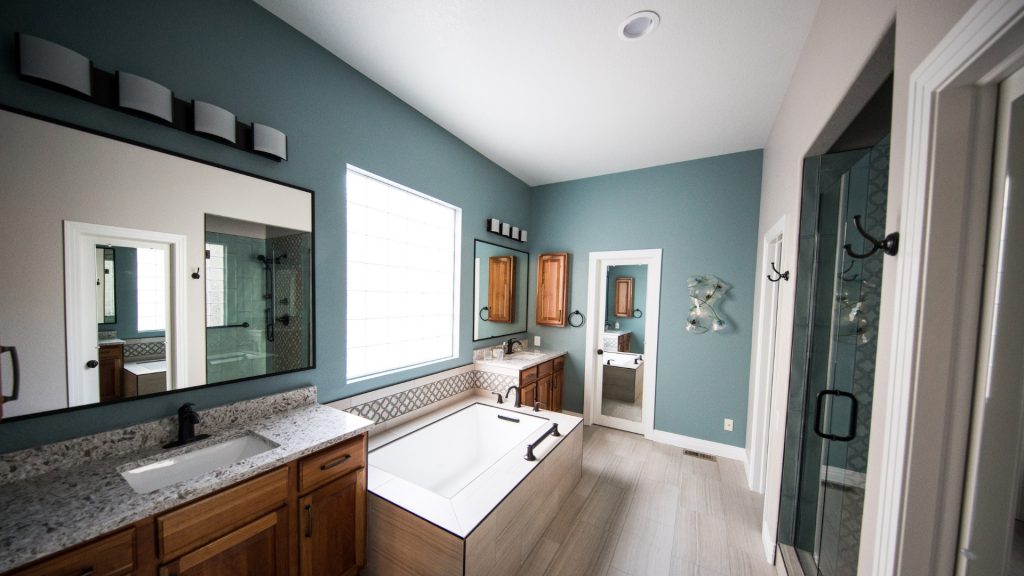Why Geothermal Design May Not Be Adequate for your Maryland or Washington, DC, Home
Geothermal energy is considered to be an environmentally-friendly way to heat and power your home. Since it is not fuel-based, the costs do not fluctuate. Your energy spend will be more predictable, and the systems themselves last significantly longer than a conventional HVAC system.
The indoor system will last 20 to 25 years, while the outdoor system lasts about 50 years.
However, not everything about geothermal is good news. It doesn’t make sense for every household, so we wanted to take a deeper dive into the pros and cons of geothermal so you can make an informed decision.
What are you cooling and heating?
With geothermal, the biggest concern is the design and the schematics of what you are heating. This includes your area space, what are you cooling, how is the house insulated, and where the actual holes are going to be drilled for the geothermal system outside.
How much can you save using geothermal?
On the plus side of geothermal, you won’t have to do any significant upgrades, and the system lasts longer, even though it does cost more to install.
The typical savings range is anywhere from 30 to 70 percent on heating and about 20 to 50 percent on cooling. It really depends a lot on how well insulated your home is, your windows, that sort of thing.
If you are installing geothermal in an older home that is not as well-insulated, your savings will likely be around 30 percent. On the other hand, in a new, high-efficiency home, you might save about 70 percent.
Geothermal Options
One of the nice things about a geothermal system is that you can incorporate it into hydronic floor systems where heated water is brought through to heat the floors. You won’t have to have air blowing through the registers all the time, which, in the wintertime, tends to dry everything out.
 We do recommend putting in a whole-house dehumidifier because with a tighter house you really want to keep that moisture to a minimum. Even with a slightly warmer temperature on the cooling side, if the humidity is low, it still feels comfortable. But, when it’s very humid, the temperature could be in the 70s and low 80s and it could be uncomfortable. A dehumidifier helps make the system more efficient.
We do recommend putting in a whole-house dehumidifier because with a tighter house you really want to keep that moisture to a minimum. Even with a slightly warmer temperature on the cooling side, if the humidity is low, it still feels comfortable. But, when it’s very humid, the temperature could be in the 70s and low 80s and it could be uncomfortable. A dehumidifier helps make the system more efficient.
Most of the time, when we do a geothermal system, we will add an additional water heater. This allows the water to be heated through the geothermal and put into a holding tank. When you actually call for hot water, it’s starting at about 80 to 85 degrees, so it only needs to be heated up about 20 degrees when the geothermal system is in operation. That gives you significant savings on the hot water side because you’re not boiling that water from 50 to 55 degrees, which is what tap water typically is.
Getting The Right Size And Design For Your Needs
There are a lot of different things that you can add to a geothermal system. The critical thing is to ensure that the system is designed specifically for the size of your home. If you try to save money by installing a smaller system, it will be running all the time, and your energy cost may actually go up. In our experience, this seems to be the biggest complaint about geothermal, but it mostly results from inadequate design at the outset.
In smaller systems, or when they aren’t large enough, the electric coils will turn on also. When this happens, if you’re using that electric heat bank to supplement the heat in your house, you will end up spending a lot more on heating. On the cooling side, it will run all the time because it never achieves the desired temperature.
Geothermal Concerns
We have done geothermal in smaller projects, for instance, when we’ve put an addition onto a house.
We would know at the outset that we needed to add a new HVAC system, because the existing system was about 20 years old or more. A lot of times, people are interested in it, but sometimes they are not. In the latter case, it’s often a lack of understanding of how the geothermal works. They just want to stick with something they understand.
Service Availability
One of the biggest drawbacks of a geothermal system is that you are limited as to who can come out and work on it. You can’t just open up the phone book and see 100 HVAC companies and just go down the list and find someone to come out to fix it if something happens.
Lately, we have been installing WaterFurnace systems for our clients. The company is local, they have parts available locally, and you can get service relatively quickly, if not the same day.
If you would like to learn more about a geothermal system for your Maryland or Washington, DC, home, reach out today.





